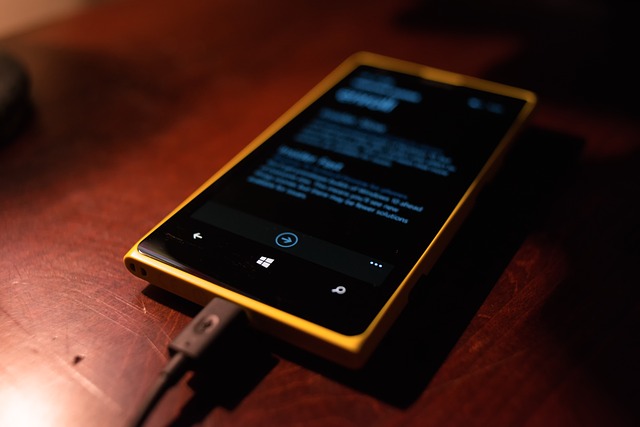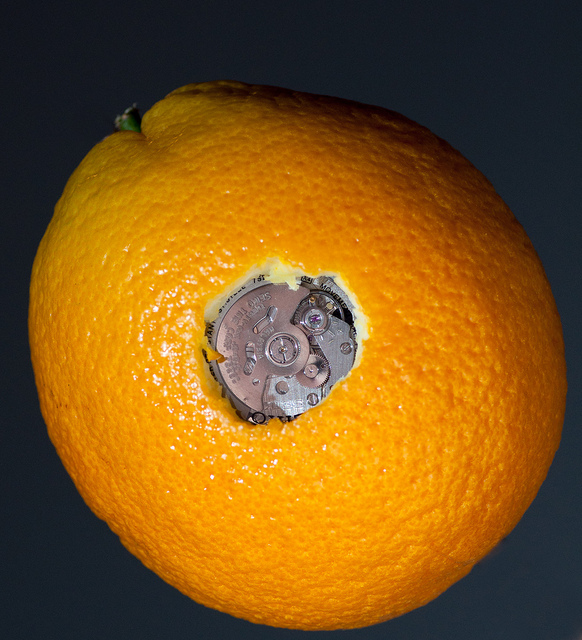-
3-minute read
-
8th January 2018
What Is IEEE Referencing? An Overview
For those of us without technological know-how, engineers are basically wizards. They take maths and science and use it for all sorts of magical things (like central heating and smartphones). And in keeping with this sense of mystery, they also have a unique referencing system.

This system is called IEEE (short for the Institute of Electrical and Electronics Engineers). And if you’re studying an engineering subject, you’ll probably have to use this referencing style.
What Is IEEE Referencing?
IEEE referencing was originally designed for use in the IEEE’s various journals. However, it is also commonly used for academic papers in technical fields, such as computing or engineering.
In either case, the style involves citing sources in the main body of your paper with numbers in square brackets. Source details are then given in full in a reference list at the end of the document.
In-Text Citations
IEEE’s in-text citations are simple. All you do is give a number for the source in square brackets. This usually goes at the end of the relevant sentence or passage:
Traditionally, oranges are powered by clockwork [1].
The [1] here is the first source in the reference list. Sources are numbered in the order you cite them, so the first source is always [1], the second is always [2], etc.

(Photo: srslyguys/flickr)
You can also cite more than one source by including several numbers in brackets, or you can cite a specific page number when quoting a source:
The traditional clockwork orange has been described as ‘quaint but functional’ [3, p. 125]. However, several companies are now developing an electric orange [2], [4]-[7].
Here, the first citation is for page 125 of the third source in the reference list. The other citation is for sources 2, 4, 5, 6, and 7 (with sources 4-7 shown as a range to save space).
If you need to cite a source more than once, simply use the same number you used on the first citation.
Find this useful?
Subscribe to our newsletter and get writing tips from our editors straight to your inbox.
Subscribe to Beyond the Margins and get your monthly fix of editorial strategy, workflow tips, and real-world examples from content leaders.
Author Names
When the author is mentioned in the text, you can give the citation immediately after their name:
According to Kubrick [1], the clockwork orange is a classic of modern design.
However, IEEE also lets you use a citation in place of the author’s name. So we could also write:
According to [1], the clockwork orange is a classic of modern design.
Both of these point to the first source in the reference list.
Reference List
In IEEE, the reference list should begin on a new page, titled ‘References’. Sources are then listed in the order that you cited them (not alphabetically). This is where publication details are given for all sources. The information given will depend on the type of source. The format for a book is:
[#] INITIAL(S) Surname, Title, edition (if not the first), volume (if multivolume work). Place of publication: Publisher, year.
Note the slight hanging indent on the second line, which helps set the reference apart from the source number. In practice, an IEEE reference for a book would look something like the following:
[1] S. Kubrick, A History of Mechanical Fruit, volume 2. St Albans: Childwickbury Books, 1978.
Be sure to check your style guide to find out how to cite different source types!




